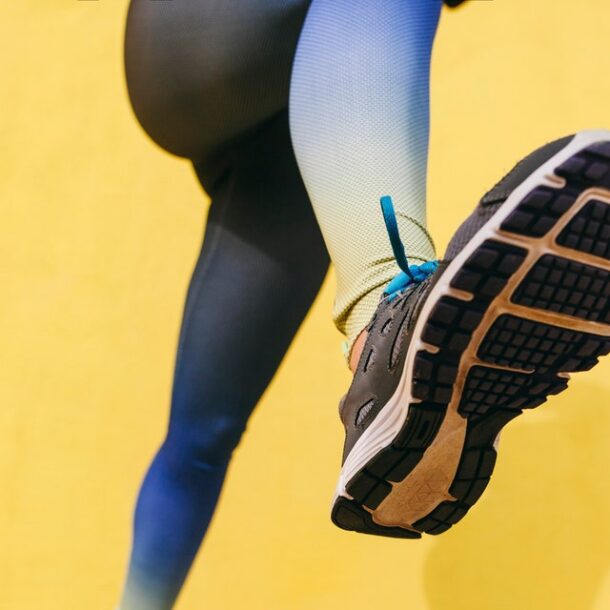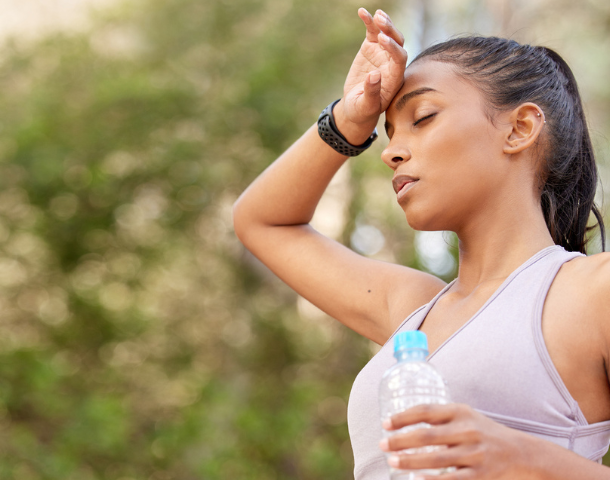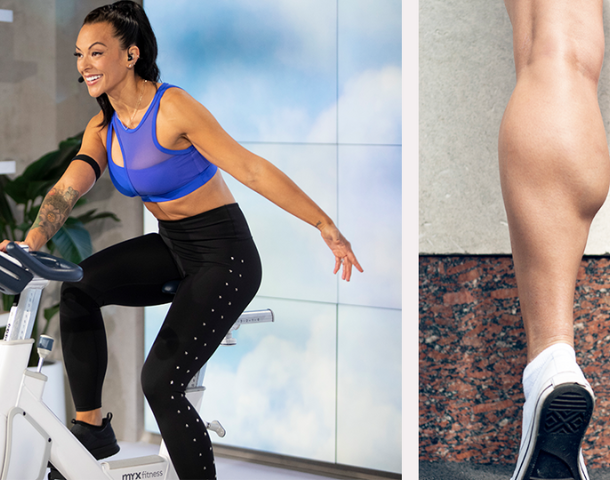
The New On Running Shoes Are Really Expensive, but Also Really, Really Fast
My overarching takeaway: When you’re picking up the pace, these shoes are amazing—they really become an extension of your foot, and the turnover with each step feels so natural. I normally take a bit of time getting up to 5K pace from my warm-up or recoveries, but when I was wearing these, I was able to reach my intended pace much faster. I felt like I was able to maintain it better, too, with less effort than usual—even on hillier portions of my route. The 5K-pace workout tends to be a struggle for me, so I was surprised to see when I got home that each interval was at the quickest end of the pace range I was shooting for.
The shoes definitely feel best when you’re pushing your speed, though. During my warm-up, cool-down, and recoveries, I felt more instability and found the firmness a little jarring.
That made me even more excited to take them on an actual race, since I knew I’d be pushing it the whole way through. I ended up running a solid race in them, maintaining pretty even splits the entire way, and saving up enough juice to book it the last mile. It was during those fast speeds where the shoes really felt the best to me—they really encourage a quick push-off from the ground and provide enough bounce to help you with it.
Another thing I have to point out: The comfort and fit are really top-notch here. The light upper is incredibly breathable, and my feet didn’t get swampy during the early September northeastern-morning humidity. I also forgot to Body Glide my ankles beforehand to guard against any chafing, and I didn’t need to. There was no rubbing, pinching, or squashing during the entire race.
Bottom line
If you want to hit fast paces, the On Cloudboom Echo 3 can help you get there—and make the whole process feel a little more fun (and less exhausting). After wearing them for 5K-pace work and a 10-mile race, though, I would recommend them more for the shorter, faster distances versus a half-marathon or anything farther. They just seemed smoother at quicker paces, and I’d rather use something a little more cushioned for when I’m going really long. But I’d definitely be stoked to try these on a 5K, 10K, or maybe even another 10-miler, especially if I was gunning for a PR.
Christa Sgobba
I’d probably only wear them for a race, though, which makes them less versatile than some of the other super shoes out there (say, like the Hoka Mach X, which you can train and race in). With just 16 miles on them, the shoes are already showing some light signs of wear along the sole at the heel—I’m a heel-striker—so I’m guessing their four-marathon shelf life is pretty accurate. I don’t want to “waste” their miles on regular runs, so I’ll be saving them for the higher-stakes racing.
It also makes their high price tag ($290) a little more noticeable. If you’re setting these aside for race days, you’ll have to shell out even more cash for other sneakers to train in. If you have enough disposable income to devote to running—and you really are looking for utmost performance—these can be a great option. But for more casual runners, or for those on a tighter budget, there are probably more versatile options out there that’ll check similar boxes.
Related Articles
2023 Risesoarness @ All Rights Reserved


